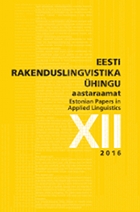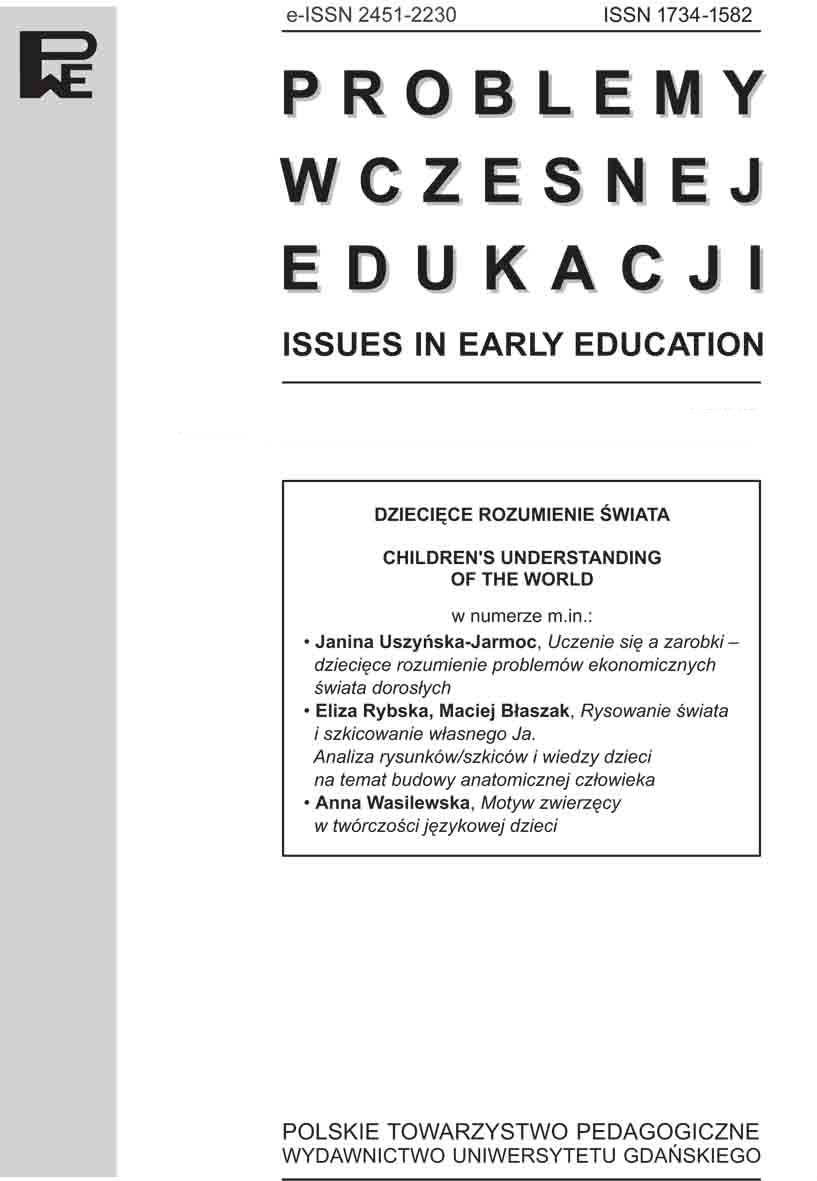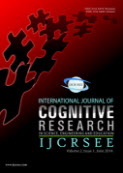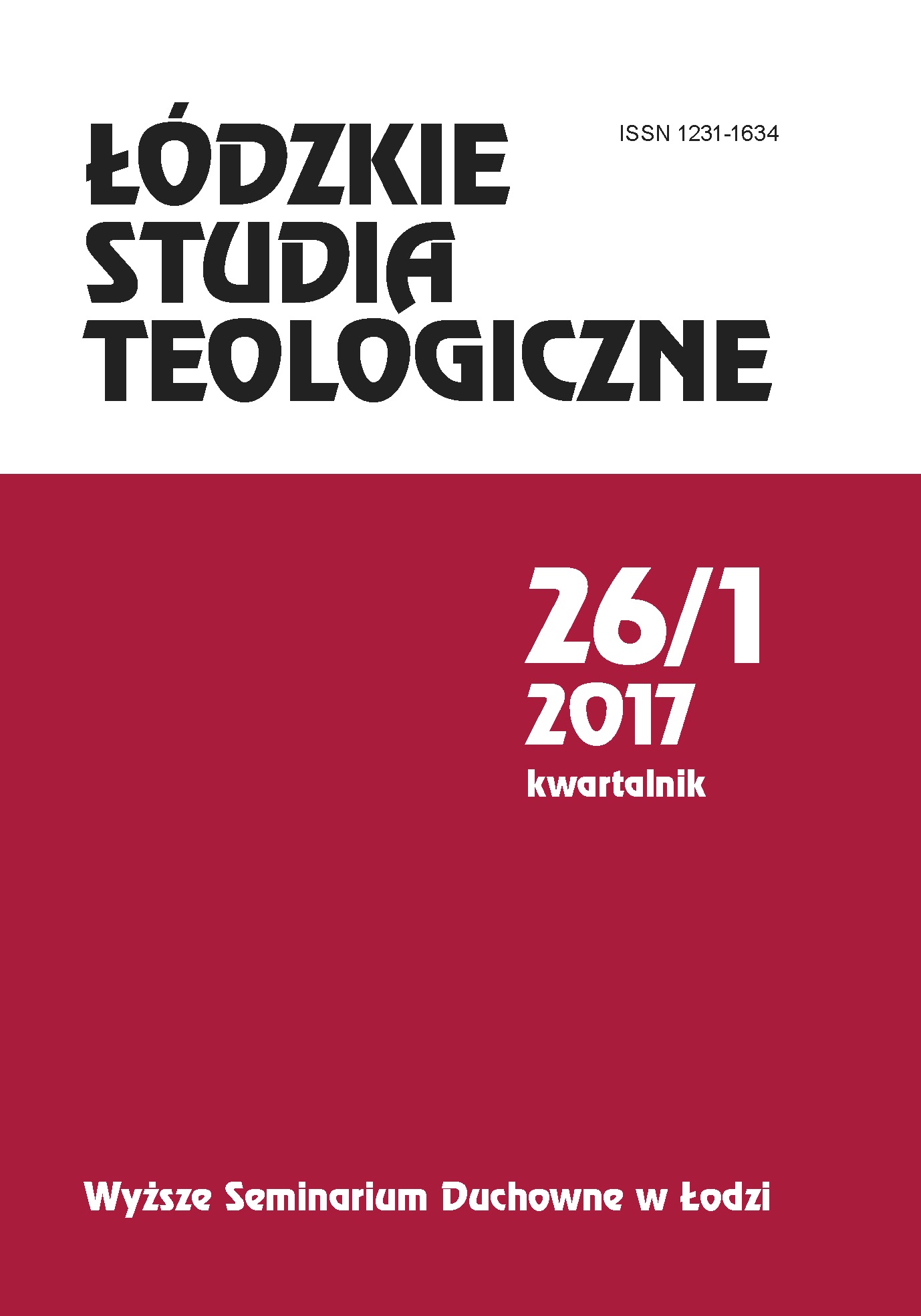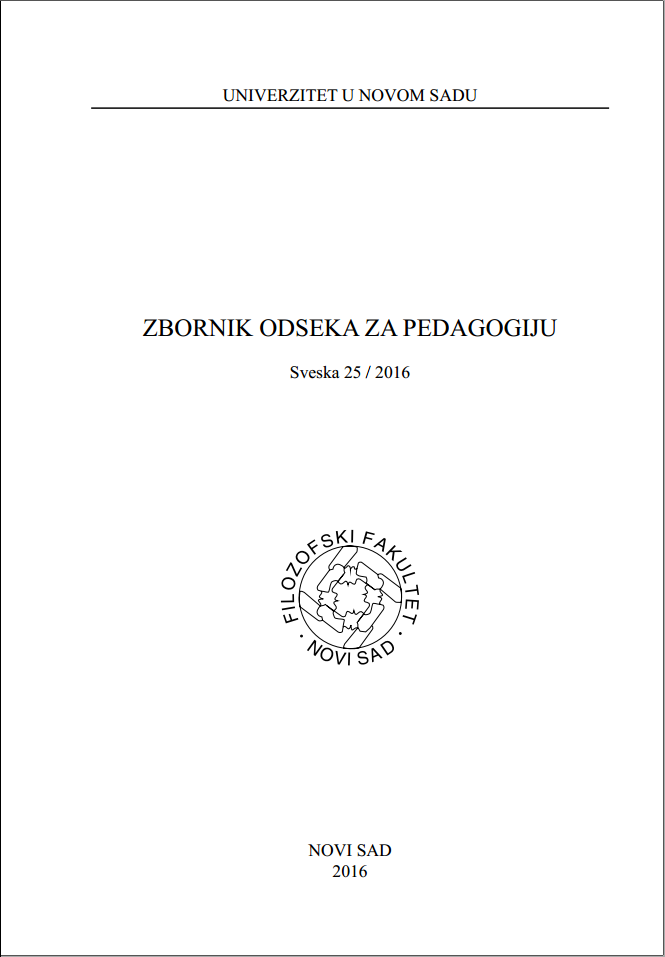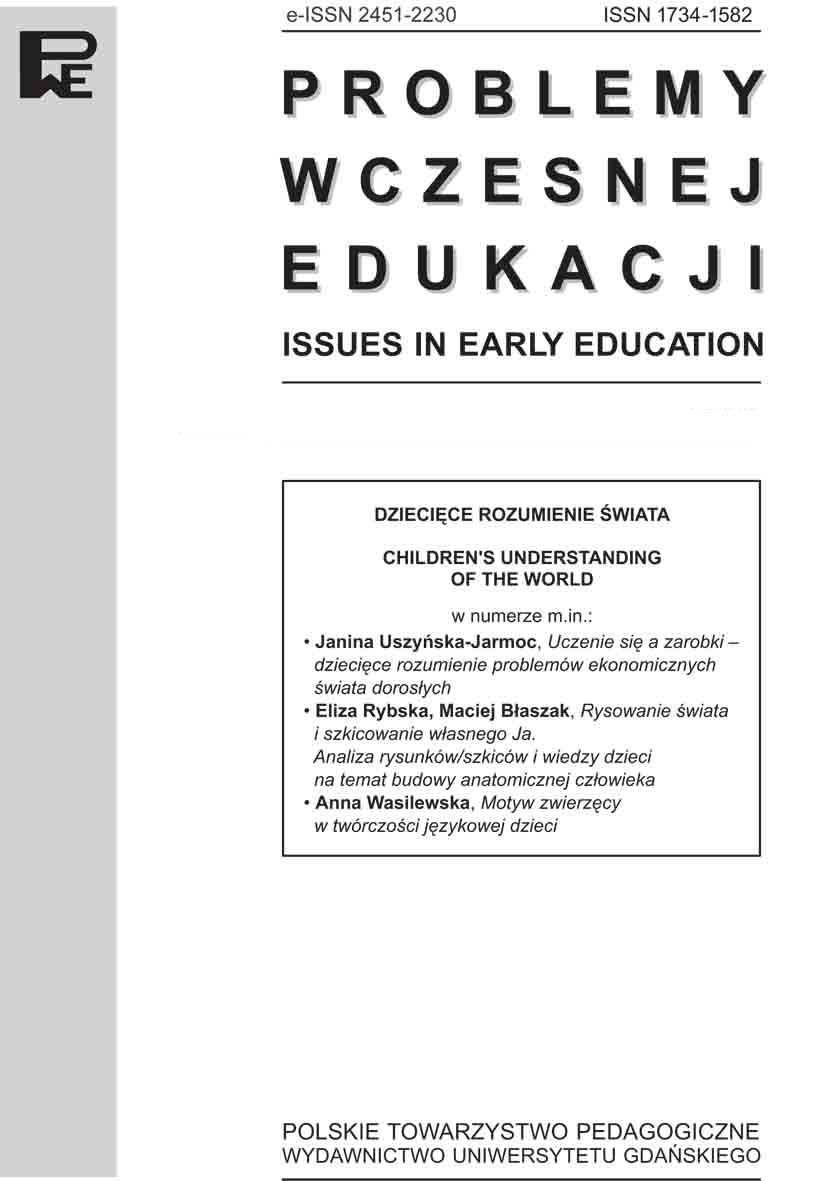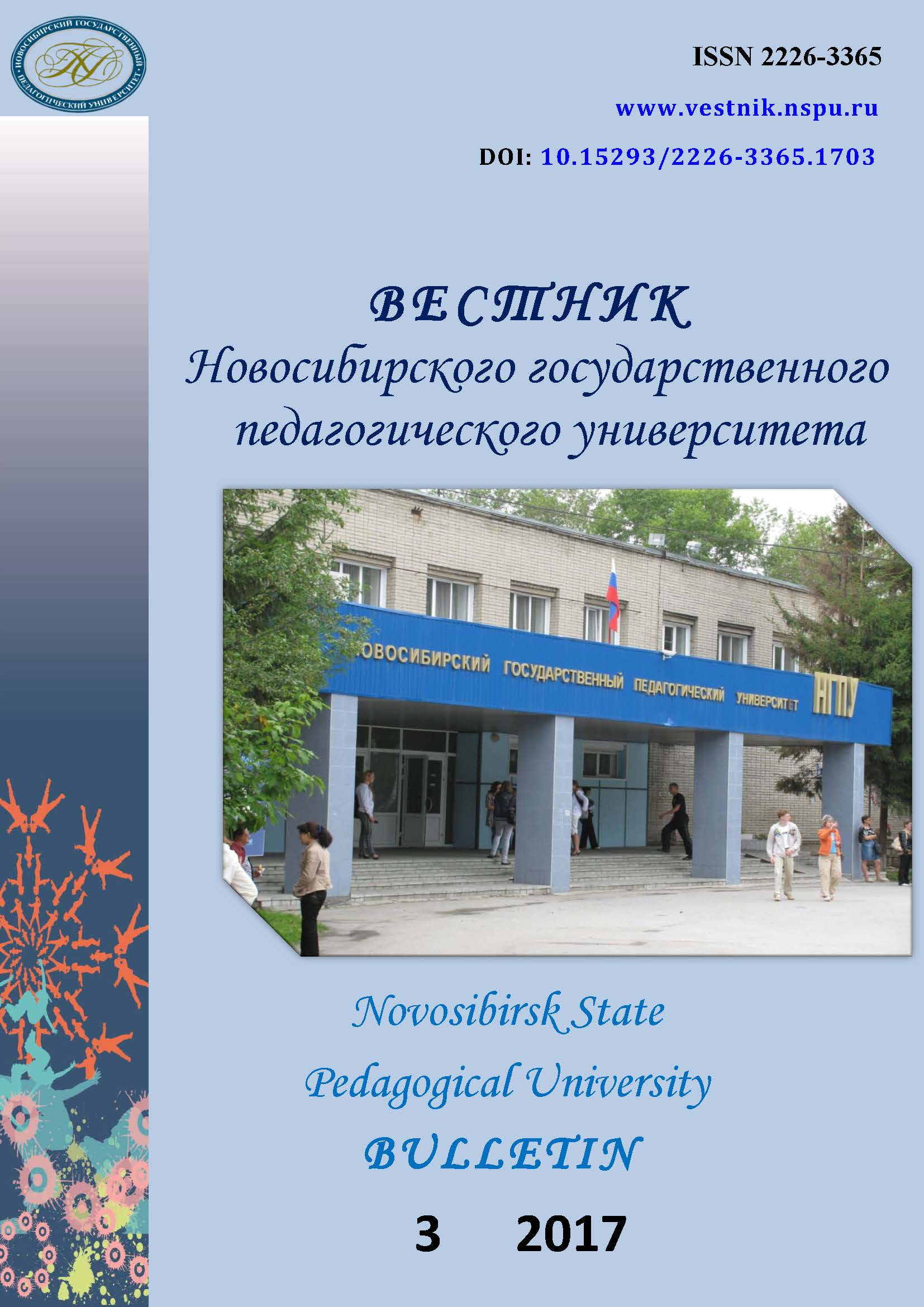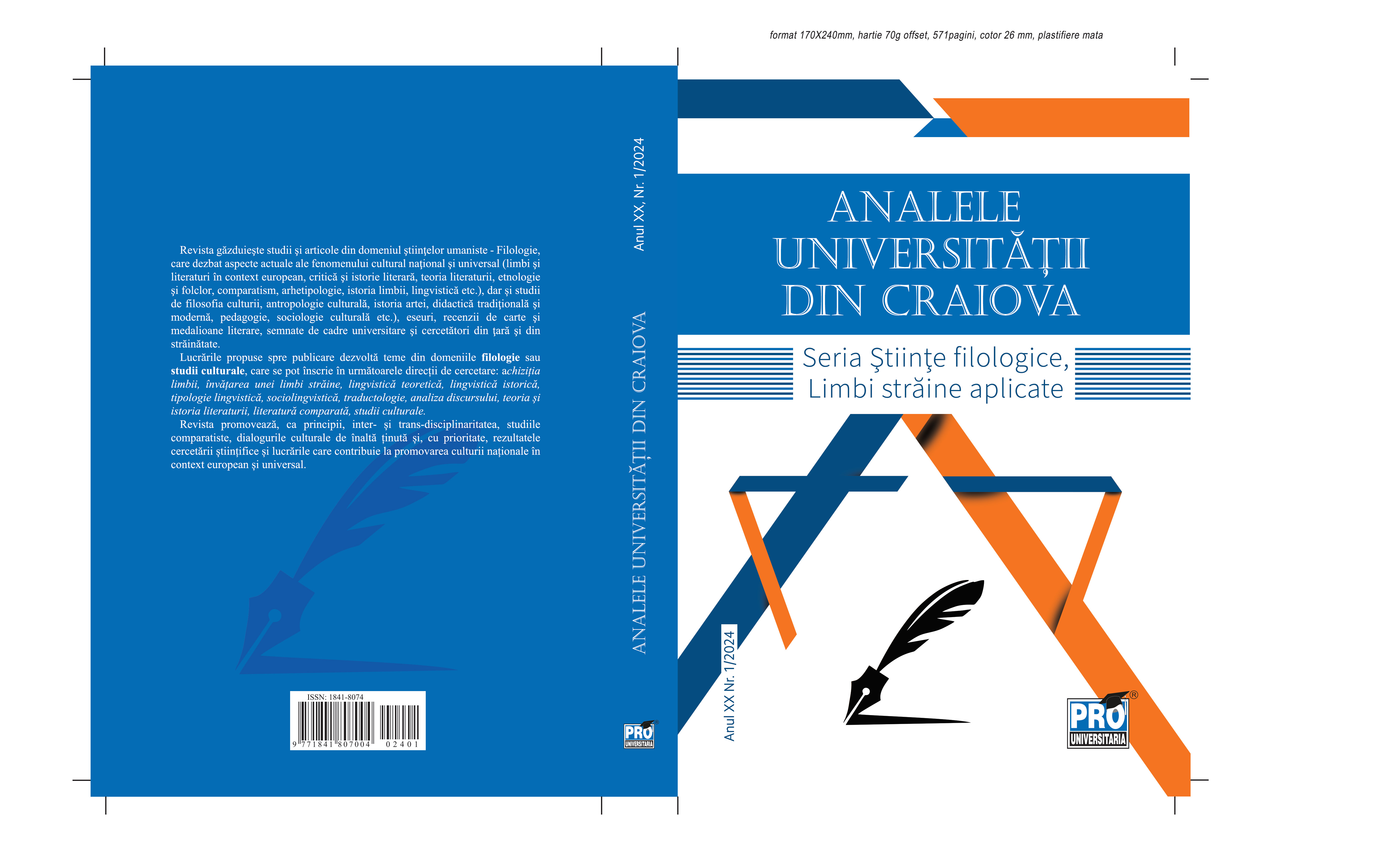Author(s): Nevena D. Čolakov / Language(s): Serbian
Issue: 1/2025
The article discusses how and in which ways digital media can be integrated into working with preschool children from the perspective of visual pedagogy. Information and communication technology (ICT) has become an indispensable tool in many professions, including the arts. Work in any branch of applied arts is unimaginable without computers: architecture, interior design, graphic design, multimedia design, industrial design, and advertising are just some of the fields that involve two-dimensional and three-dimensional design techniques using computers. In traditional art disciplines such as painting, printmaking, drawing, and sculpture, ICT can be directly or indirectly involved in the process of creating art (Ilić, 2015, p. 272). The works of Pavlović Breneselović on digital technologies in kindergartens and the competencies educators need for working with digital media served as the theoretical framework for analysing the integration of digital media in early childhood. Starting from the principles of using digital technologies in kindergartens, derived from the theoretical framework of the ‘Foundations of the Curriculum’ concept (Pavlović Breneselović, 2021), our goal was to analyse the extent to which these principles are represented in two examples of digital media use described in this paper (research by Leung et al., 2020; Harwood, 2017). Qualitative research on the integration of digital media and visual arts is significantly less prevalent compared to other fields of work with children approaching school age. The first study we present (Leung et al., 2020) investigates the application of video art in early education using digital devices. This research is considered relevant because video art is integrative by nature, combining language, music, drawing, and photography (encompassing various developmental areas in young children), and can certainly be categorized as a visual form of expression. What stands out in this work, aligning with the recommendations of our current preschool curriculum, is the authors’ assertion that educators should have certain skills and knowledge related to video art. Furthermore, they emphasize that integrating children’s open-ended play with digital media in everyday life can support educators’ digital competencies (Leung et al., 2020).The second analysed study focuses on the appropriate use of digital resources. It is a chapter titled Playful Pedagogical Approaches to Digital Devices Outdoors from the book Crayons and iPads by Harwood, which explores the potential use of digital technology in early childhood development (Harwood, 2017). The author discusses how tablets can be used to challenge, stimulate, and pique children’s interest in the world around them, acting as accessible tools for developing digital literacy and play-based learning. In this chapter, we analyzed two case studies. We considered this research relevant for visual pedagogy because the idea of integrating digital technology with outdoor spaces is original and inventive in working with young children. Using the same examples, we also attempted to answer whether and to what extent the nature of visual arts (the artistic and aesthetic context of play) is preserved. This analysis demonstrates that the practical use of ICT can go far beyond the application of specific computer software, as its use is multidimensional, stimulating social activities and play. Additionally, digital technology can be utilized flexibly (Pavlović Breneselović, 2014). These findings also suggest that adults should not fear or hold negative attitudes toward the use of digital media in kindergartens. Instead, digital media should be considered on equal footing with traditional media in children’s creative endeavours.
More...

